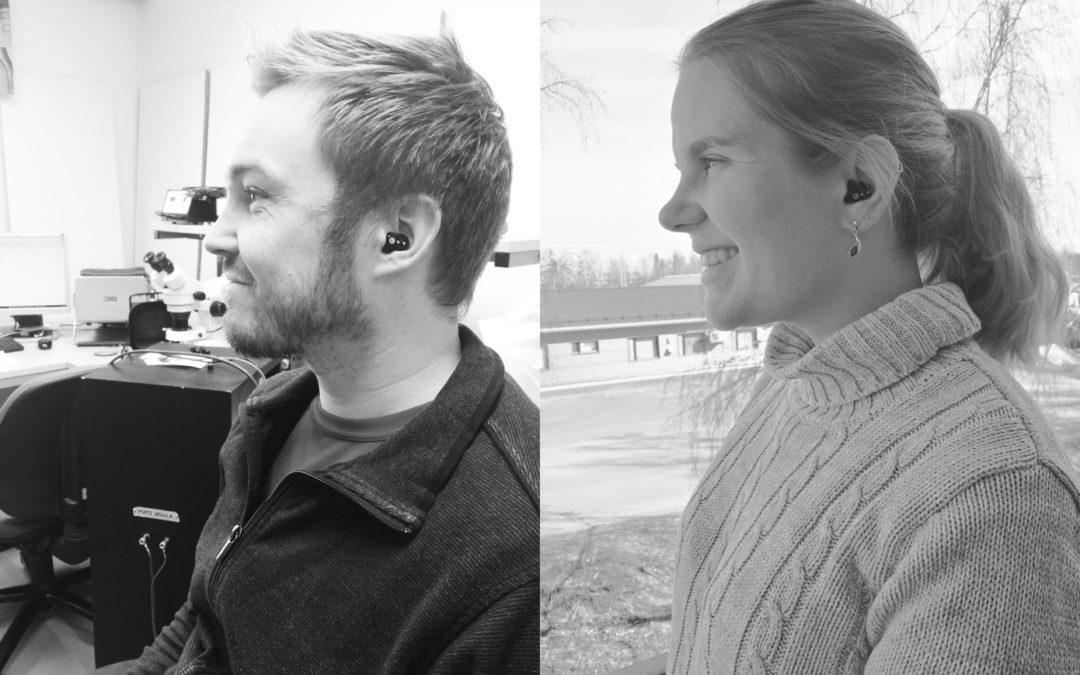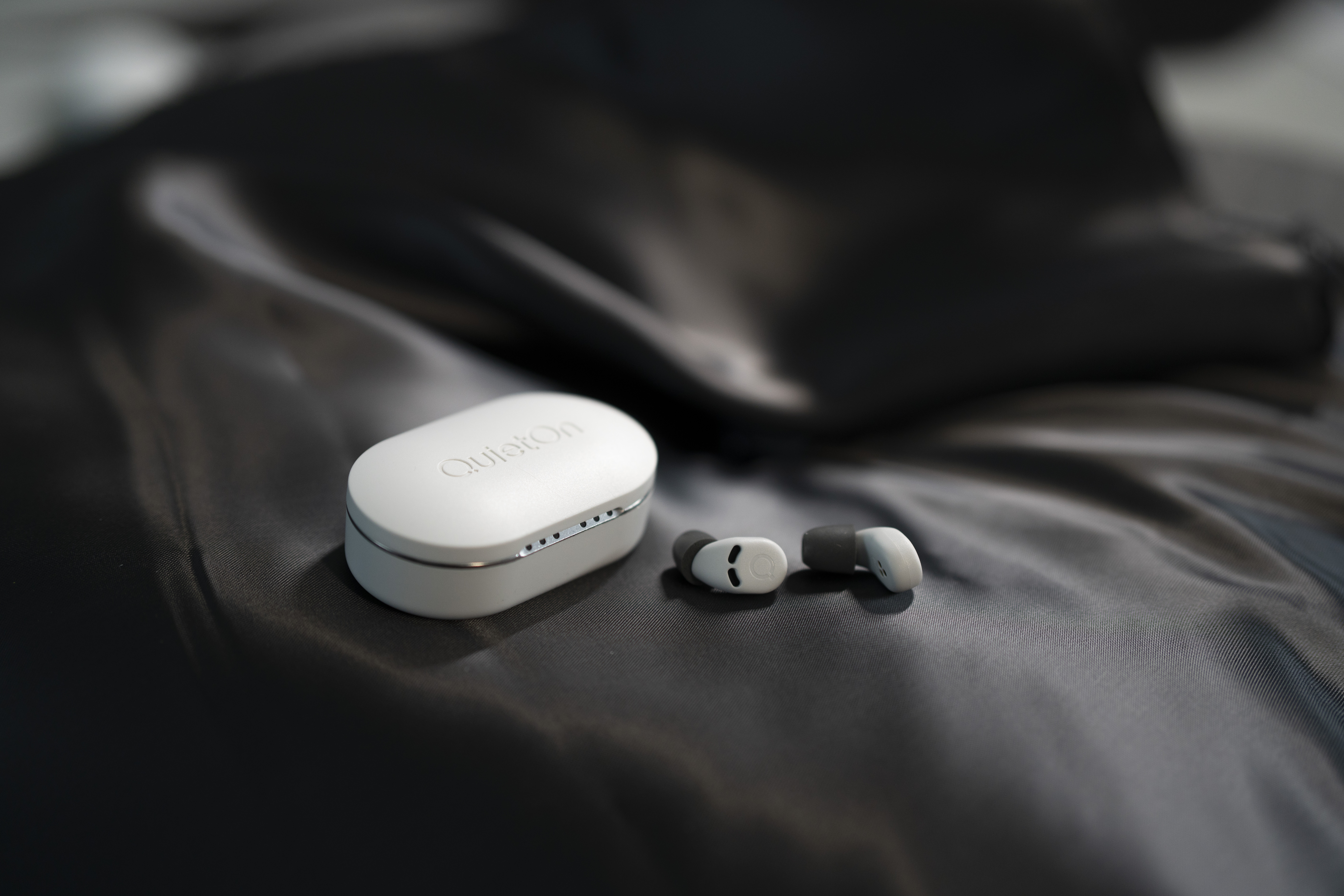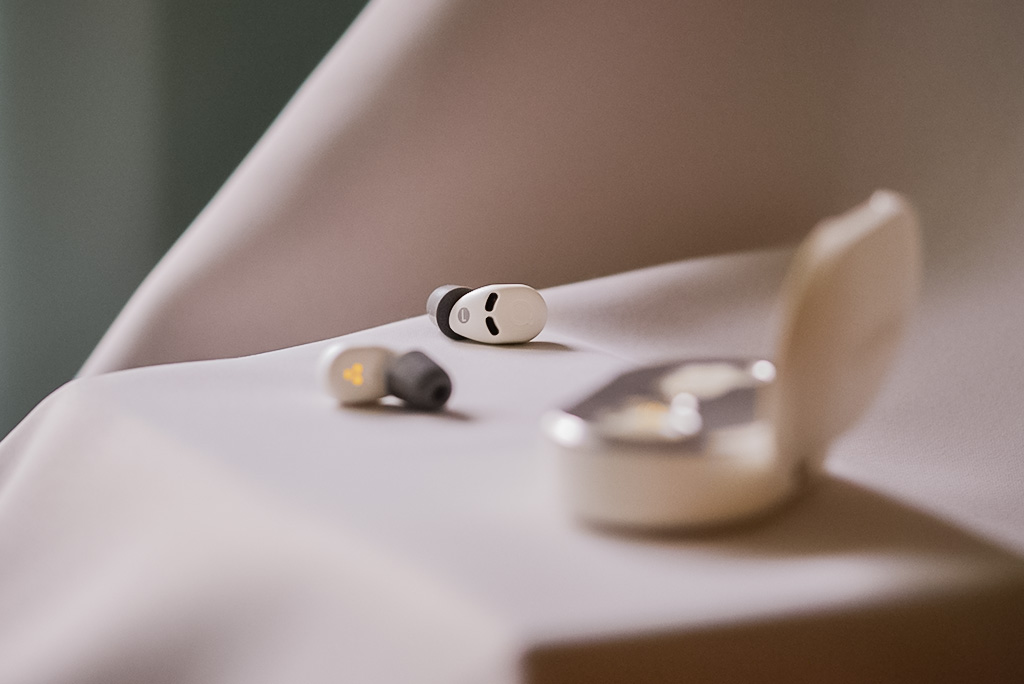Your cart is currently empty!
April Progress Update
March bled into April as we pushed this update a few extra days in order to show you pictures and the result of our latest build batch. This build is great so far – we’re really excited to share with you all the pictures we took while assembling them and things are proceeding as we…

March bled into April as we pushed this update a few extra days in order to show you pictures and the result of our latest build batch. This build is great so far – we’re really excited to share with you all the pictures we took while assembling them and things are proceeding as we planned.
As mentioned in the previous update, in Wk15, our engineers were working with the team in the factory in Poland to assemble the latest build of earplugs. Half of the earplugs were completed during that week for further audio testing and fine-tuning at the lab. The other half of the build was continued to be assembled at the factory in the following week. In this build, we aimed at reassuring the operation of the mass production processes and having our manufacturing pipeline set up (i.e., to set up the manufacturing line for the earplugs’ plastic body at our factory in Poland; to finalize the automatic testers for pressure and audio testing….). Besides, we got more complete products (bigger sample) for quality analysis.
In this update, we’ll share with you the mass production process at our factory, the quality and usability testing we have conducted during the last two weeks and obviously the information all of you are looking for: our estimation for the deliveries in batches.
How are the earplugs made in the mass production process?
SMD process is applied in our earplug mass production. SMD is the abbreviation of surface mount devices, a device assembled using surface mount components and technology.
The process used in QuietOn earplug manufacturing is described in detail as below:
A PCB (printed circuit board) panel is manufactured. It is a board about the size of an A5 sheet of paper. It contains 40 PCB modules, each used in one earplug. The blank panels arrive at the factory and our contract manufacturer assembles the components on it.
Firstly, the solder paste is screen printed on one side of the PCB. Then the “pick-and-place” robot automatically puts components on the surface of the PCB which then goes into a reflow oven where high temperature melts the solder paste. The components become physically and electrically attached to the PCB. The panel is flipped around, and the process is repeated for the other side.
0.6 x 0.3 mm is our smallest component, and they have to be picked and placed with an ultra-accuracy.
Credit: Essemtec AG- the photo is to illustrate the pick and place robot.
If you are interested in learning more about this process, you can take a look at this video below (this isn’t our video, but the process is similar).
There are other two components that can’t be assembled with the automated pick-and-place robot: the speaker and the battery holder. They are, therefore, soldered manually. The following steps are completed with the aid of a microscope and tweezers.
The first test step is done at this phase. The proper level of air leak is measured from the pressure relief channel with a semi-automated tester. Those devices with a too high or too low leak are rejected and the speaker gasket assembly is repaired.
The battery is slid into the battery holder. Other mechanical parts are put in their positions, and the PCB is lowered on top of them. The plastic top cover is put over the PCB carefully, aligning the gaskets around the charging contacts. This step has to be handled with caution, in order not to crease the gasket. Additionally, in this phase, the speaker wire has to be routed safely so it doesn’t get pinched between the plastic covers.
The top cover is attached permanently with the ultrasonic welding machine and a foam filter is inserted into the audio tube. This step finalizes the assembly of the earplug.
The earplugs are then numbered to go through different tests and to be analysed.
Quality testing
Another air leak test is done to check if the welding, mic gasket and charging pad gaskets are properly sealed.
Finally, a full set of audio tests is done. The audio tester measures the acoustic properties in the hearing and the silent mode. In addition, it measures the charging current and checks the functionality of the Hall Effect sensor and the mechanical button. In the prior smaller builds this tester has not been ready, so these cases were tested one by one in the lab.
Beside these tests, to ensure everything is going well before the mass production starts, a fault analysis is conducted. In the proto builds it is important to analyse the faults that we have found. A faulty device is cut open. In case of air leaks, the gaskets and the ultrasonic welding seam are inspected. The cause of too or high low audio level may be found in the microphone or the speaker. A more serious malfunction can be caused by a component or a soldering defect.
Overall, this build is successful to us, since we are able to prove that the device can be manufactured in the mass production line and it’s even greater that we found out several improvements for the manufacturing process as well.
Usability testing
We have tested the earplugs from this build in our daily use, from sleeping with a snoring partner to doing house work with noisy machines (dish washer, vacuum cleaner), travelling with cars on a noisy highway, and taking rest while the other partner is taking care of the kids. The performance is excellent, as our design’s expectations.
Estimation of deliveries in batches
We will have our very first 10 devices which are partially handcrafted (with all our care and love) to be delivered to the very first backers. The first batch of our mass production is still planned to begin in Wk19 – Wk20 (0-series build with 750 pcs planned to be done).
The size of QuietOn Sleep earplugs is a “real-deal” revolution that it’s an unprecedented experience for both QuietOn and our partners in manufacturing. For instance, the pressure relief channel dimensions are 0.08mm x 0.2mm. And a tolerance of +/- 0.03mm can already affect the audio performance of the active noise cancelling mode.
QuietOn holds a concept patent for active noise cancelling earplugs which fit in ear anatomy. FI26466 (Finland), 10171904 (USA).
We are proceeding towards the end of this innovation journey and the fruits are coming ripe for all the hard work we have put in. We are very grateful for your all support and stay tuned with us!
With all regards,
QuietOn team






